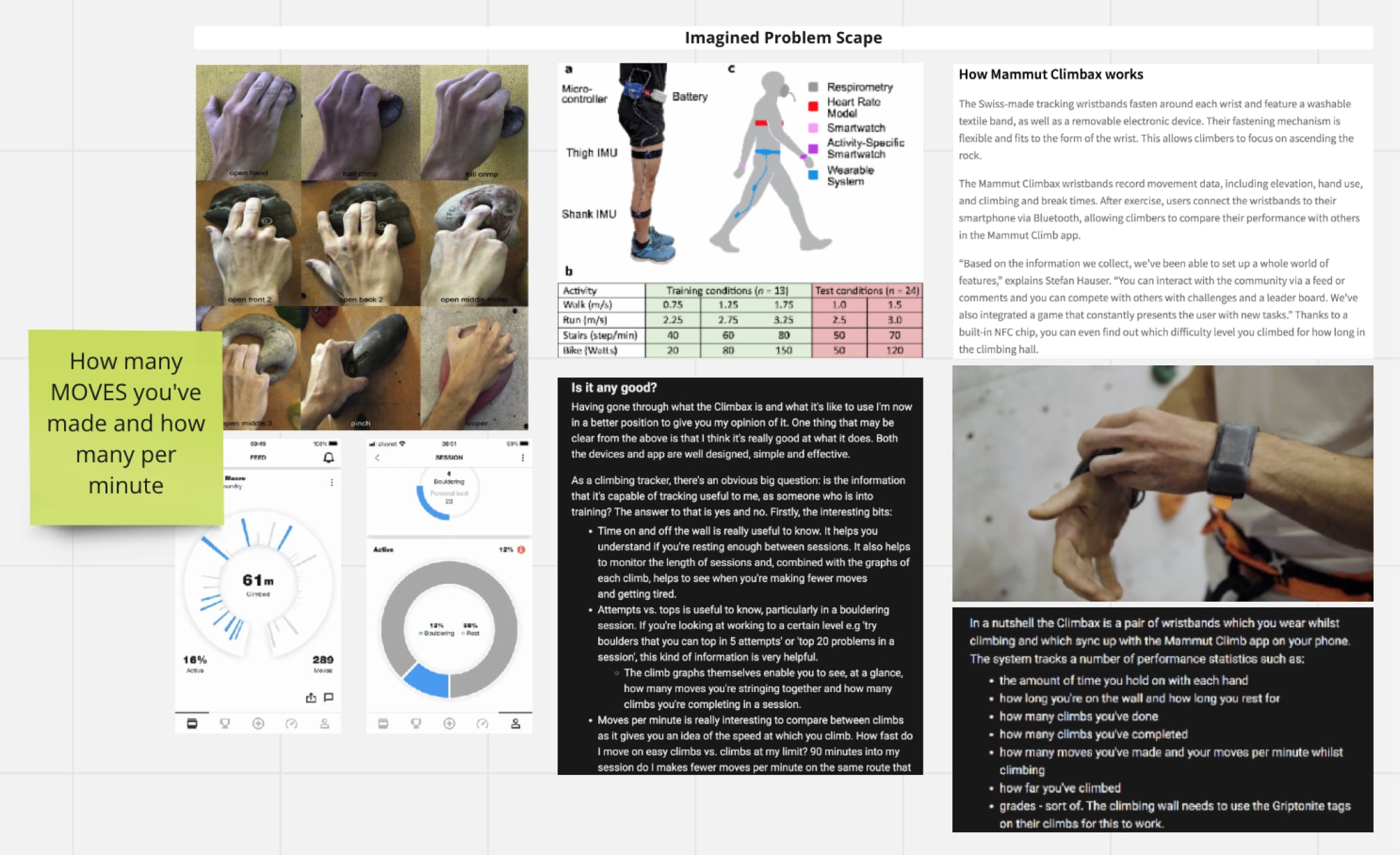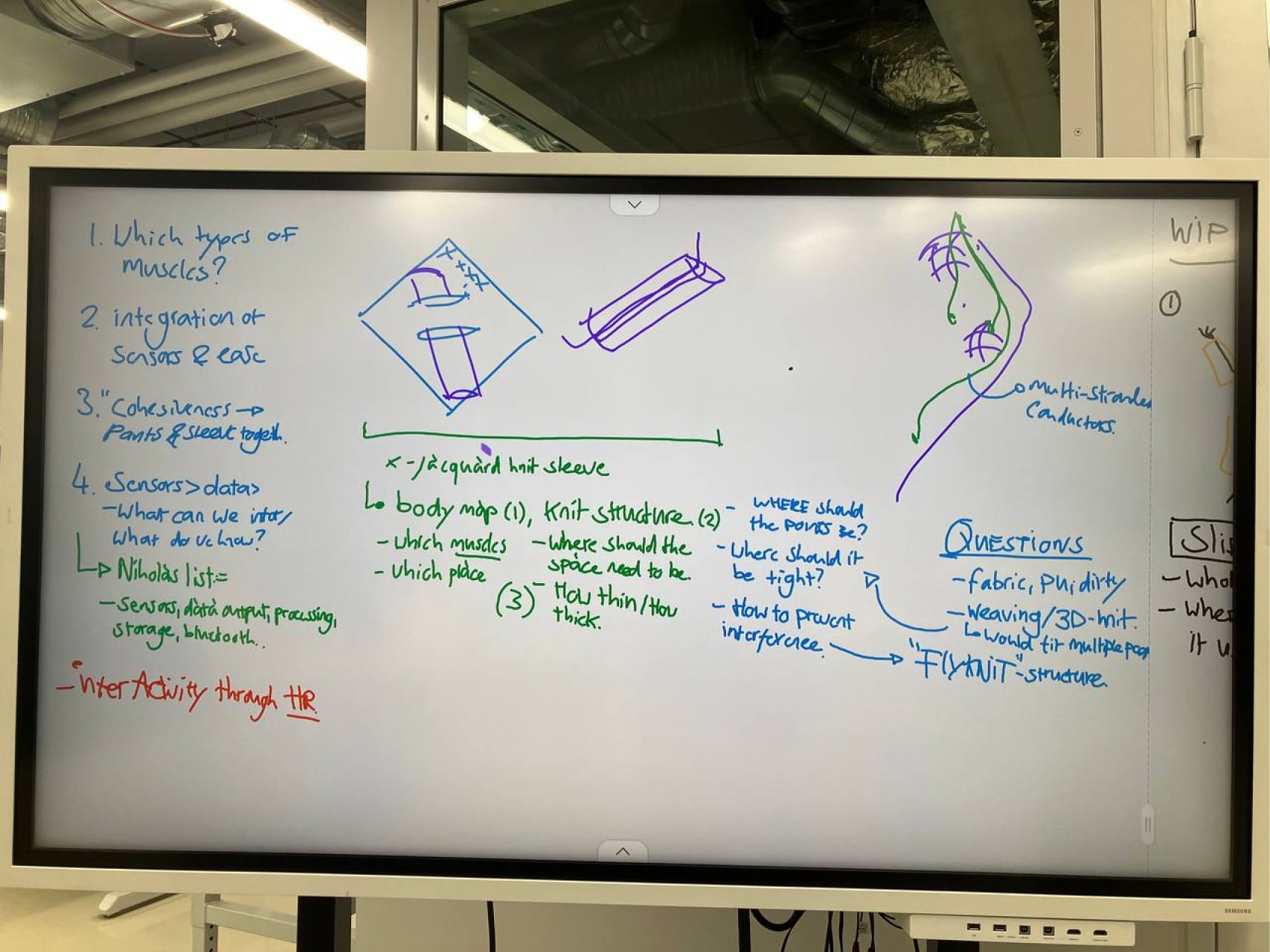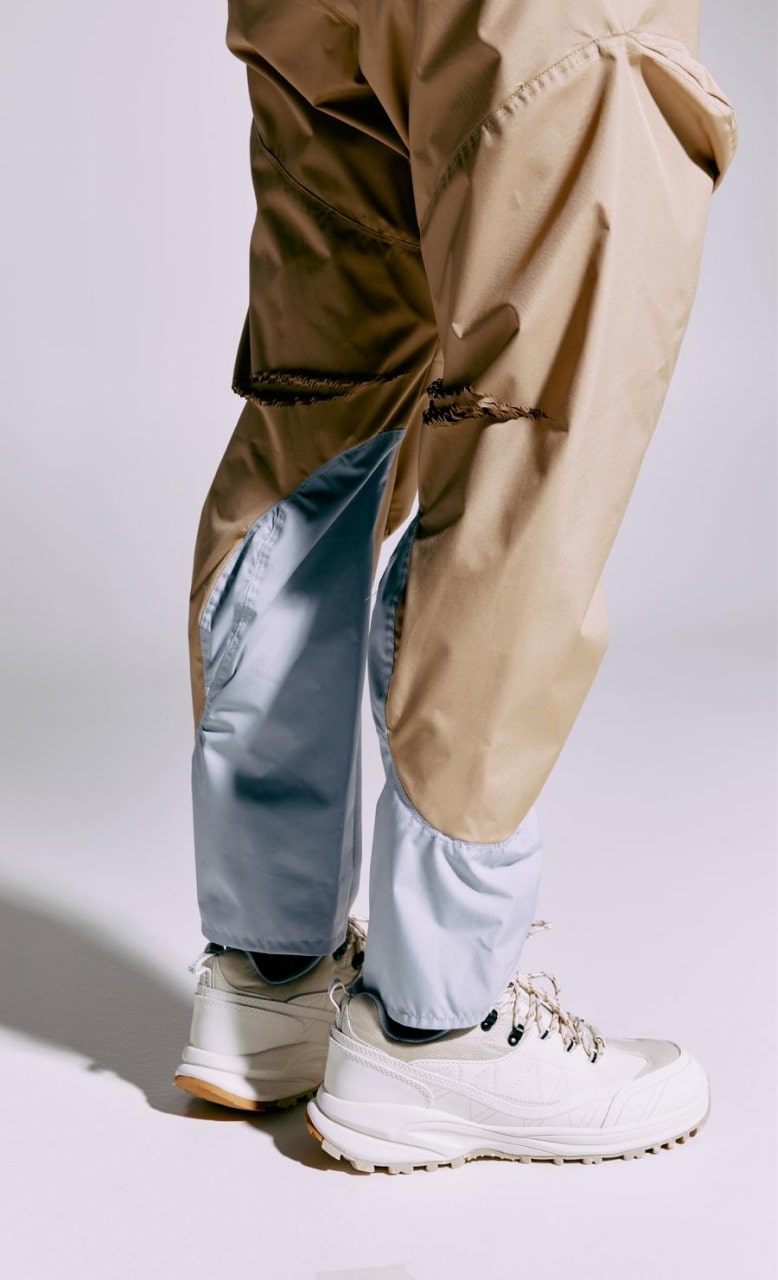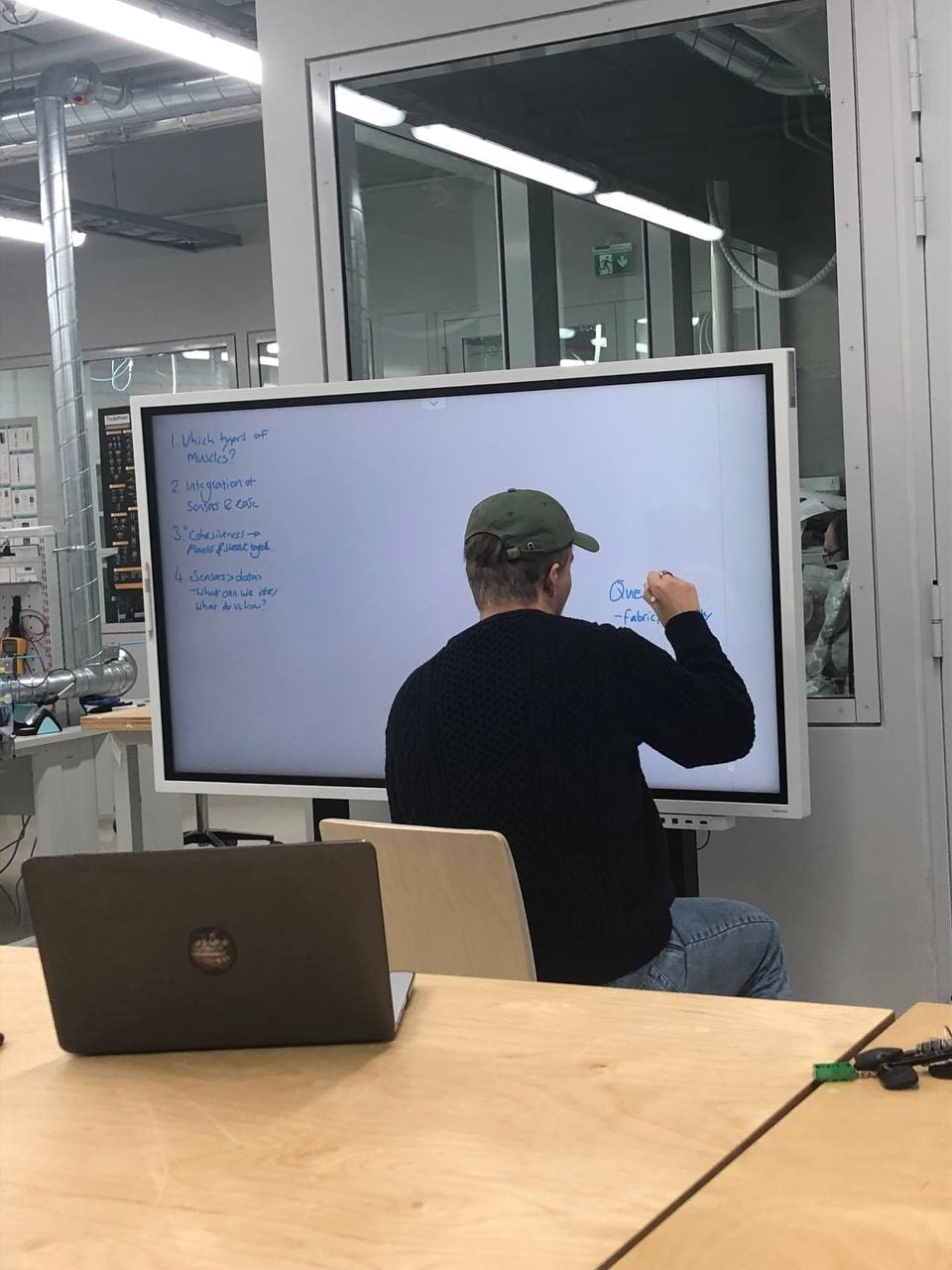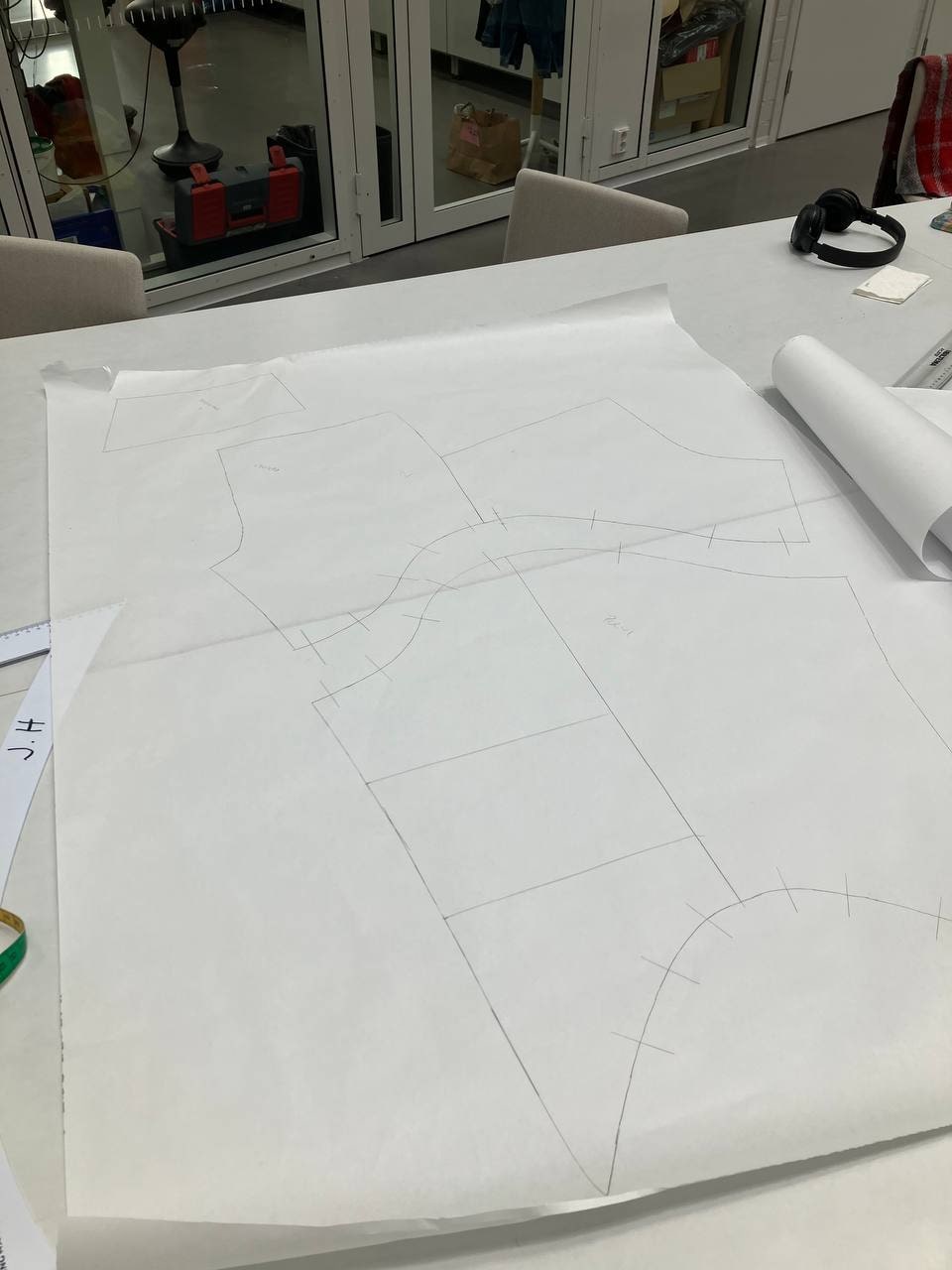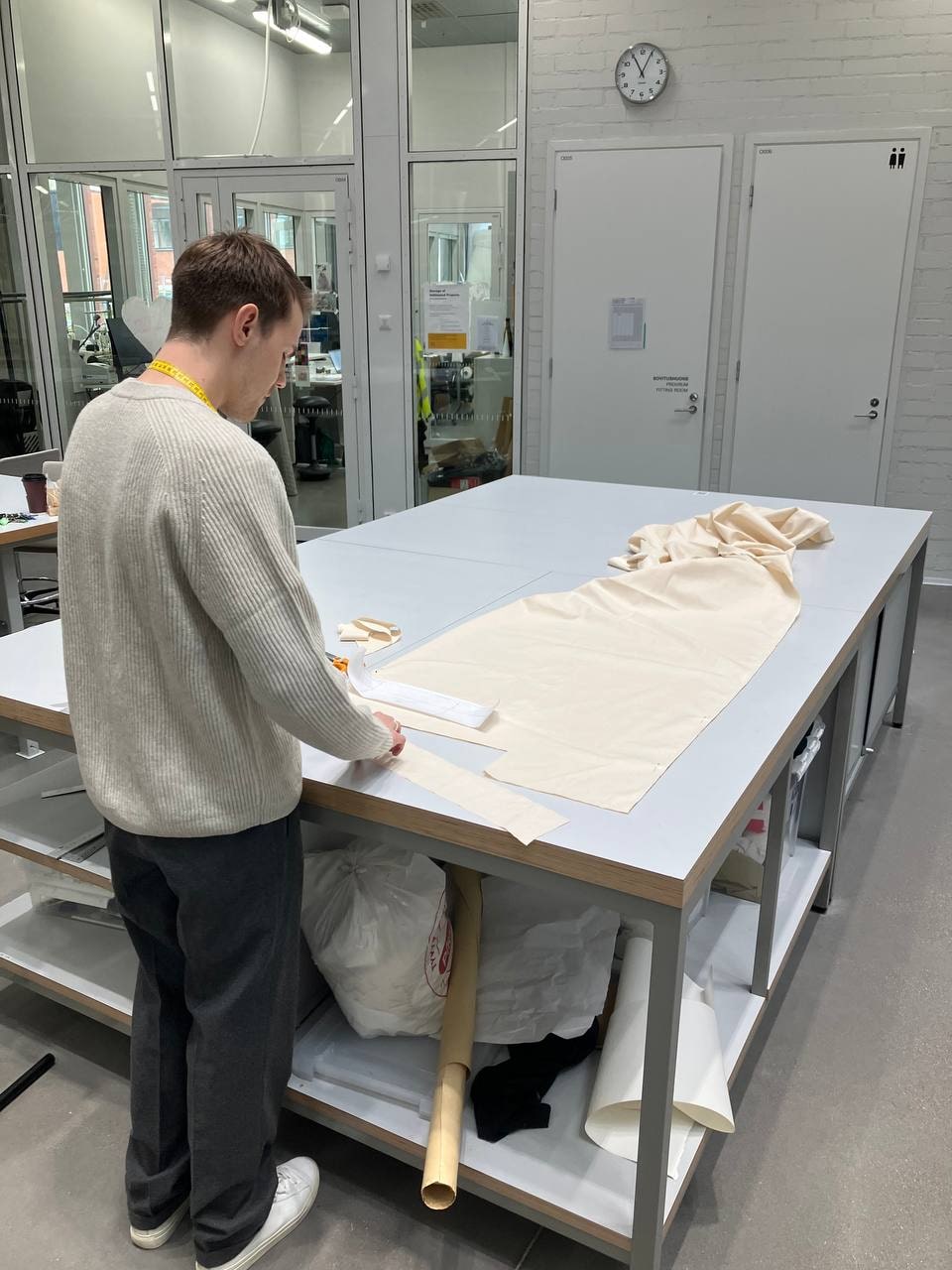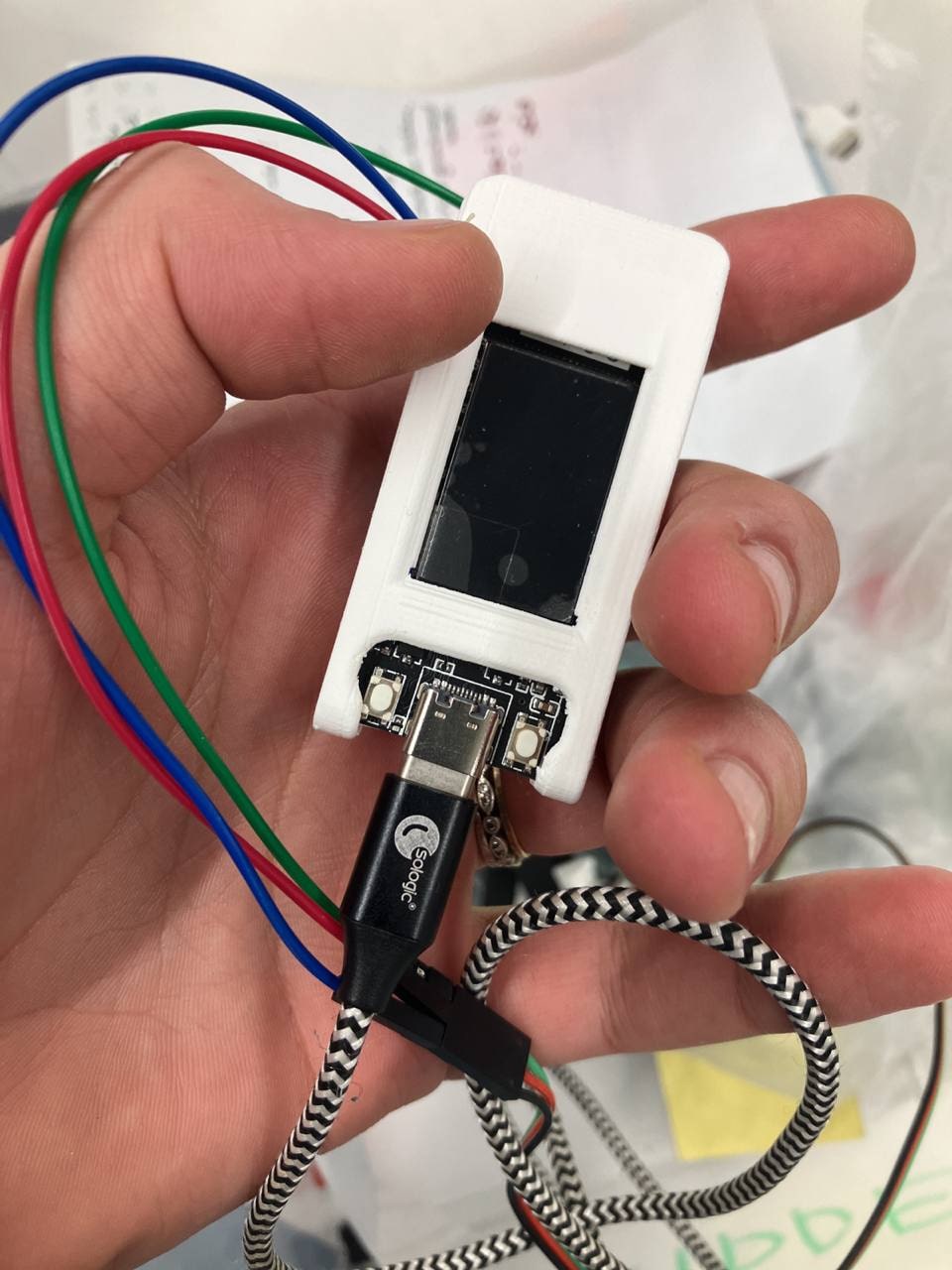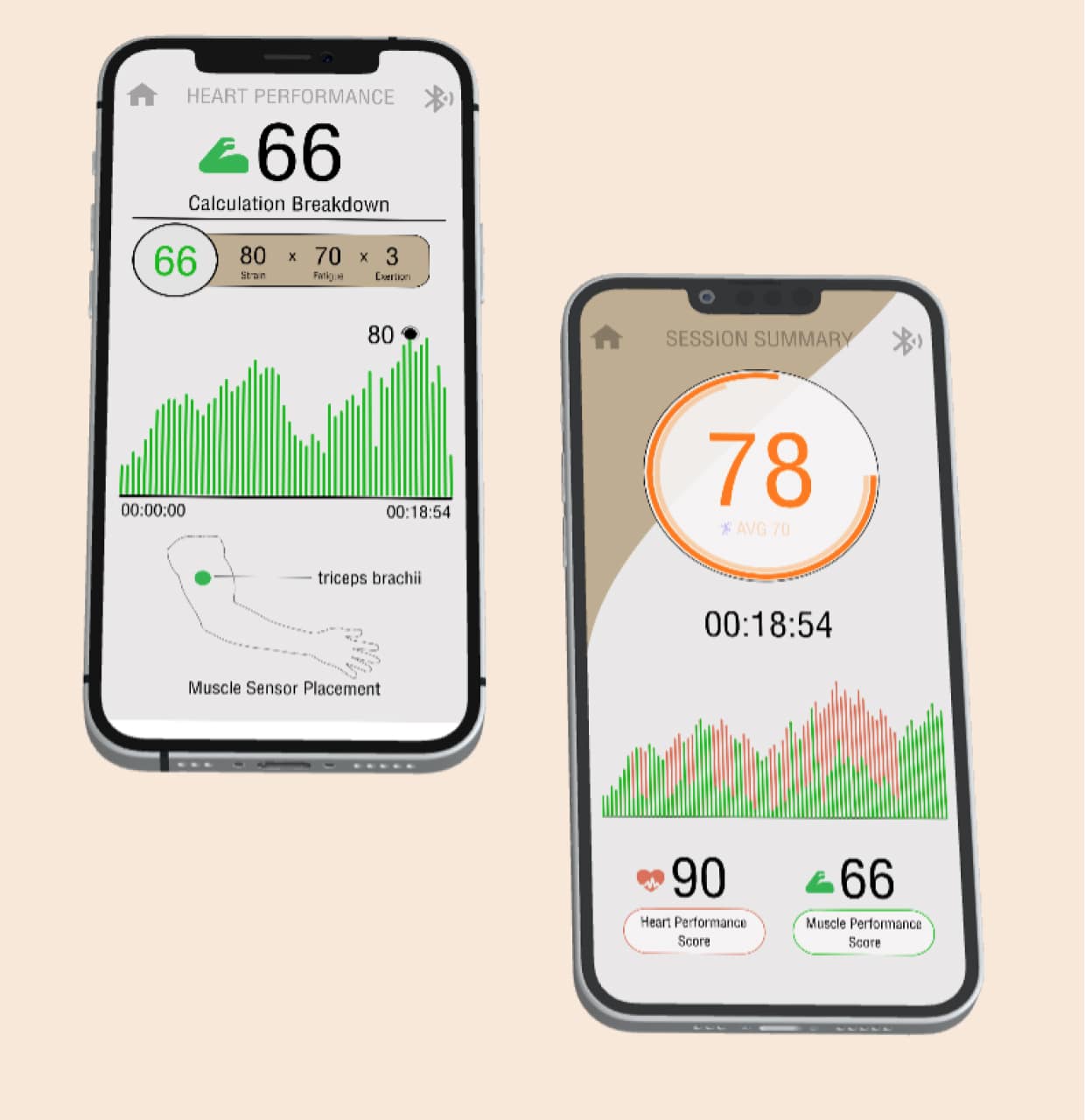Mountlab
Using opportunity prototyping to design a data-sensing platform that seamlessly fits into a climber's athleisure outfit, all the while transforming and enriching performance analysis with real-time metrics on muscle stretch and heart rate.
| ID: | #012b.23 |
| Status: | Completed Prototype |
| Client: | Aalto University |
| Year: | 2022 |
| Collab: | Joona Hakala, Ben Wood, Nikolas Klemola |
| Discover: | n/a |
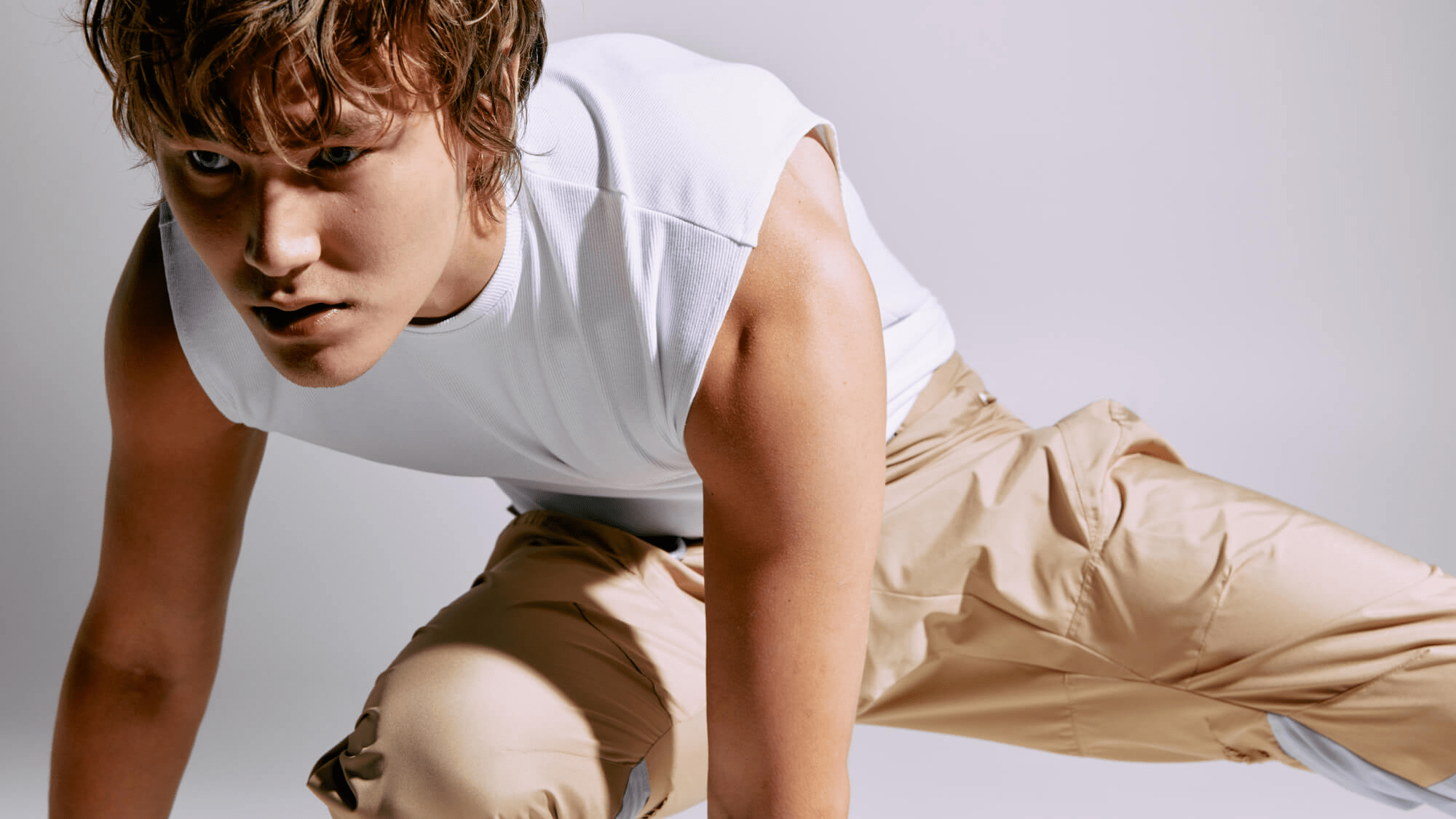
Challenge
Creating an unobtrusive, technology-integrated climbing outfit that enhances and gamifies the climbing experience without detracting from the sport's natural essence.
Climbers seek to maintain a connection with the sport's analog roots, valuing simplicity and the pure physicality of climbing. Introducing technology into this equation presented a significant hurdle: how to enhance the climbing experience with data insights without overwhelming or distracting the climber.
Background to Mountlab
In October 2022, I joined the 'Wearable Technology and Functional Wear' course (MUO-E3058): a unique blend of fashion, engineering, and design disciplines aimed at building innovative wearable concepts. Teaming up with Ben Wood, Nikolas, and Joona, we united our diverse expertise with a shared interest: the potential of wearable technology to enrich the climbing experience.
What is it about climbing?
Climbing, at its core, is an 'analog' endeavor—valued for its simplicity and the raw, physical challenge it presents. In our early user interviews, people expressed that they think of climbing not just as a sport: rather, it is an exercise of both creative problem-solving and physical endurance. For many, the sport provides moments to to reach into flow state: to be completely present.
Rather than starting from a traditional problem space, we embarked on opportunity prototyping to see how we can bring a new dimension to this traditional sport. Our explorations weren't just about adding technology to climbing gear; they were about understanding climbing as a blend of creative problem-solving and intense physical activity, a means to achieve a state of flow and presence.
Approach
Employing a structured yet flexible approach to enhance the climbing experience through innovative wearables, focusing on opportunity over problem-solving.
Concept Development
The project kicked off with the assembly of a diverse team, bringing together expertise in fashion design, engineering, and user experience. Our initial goal was to explore how wearable technology could augment the climbing experience, focusing on opportunity enhancement rather than problem-solving. This phase set the foundation for our approach,
User Research
Engaging deeply with the climbing community, we conducted immersive research, including participation in climbing activities and user interviews with climbers. This helped us understand the nuanced needs and preferences of climbers, guiding our ideation process. We settled on developing a dual solution: enhanced climbing trousers for greater breathability and a performance-tracking muscle sleeve, aiming to improve both the functionality and the feedback aspects of climbing gear. Think of trying to solve a specific challenge on the wall, but being able to recall through data what that approach was like.
Rapid Prototyping
With a clearer opportunity in mind, we rapid prototyped in four successions. This process was characterized by rapid experimentation and feedback cycles, allowing us to refine our designs based on real-world usability and feedback. The development of prototypes for both the trousers and the muscle sleeve was informed by small-scale user feedback.
Sensing Platform & Electronics
As the project progressed further, we delved into the technical challenges of integrating sensors and electronics into wearable garments without compromising comfort or performance. This involved developing a laser-cut sleeve with pouches to house the electronics, such as muscle and heart rate sensors, into the climbing attire. Parallelly, we worked on a companion app for data visualization of the "climbing journey", enhancing user engagement through interactive feedback on climbing performance.
Outcome & Impact
Our Mountlab platform comprises of a full set of climbing gear: tactical trousers and a muscle-sensing sleeve. These pieces were designed to offer climbers enhanced mobility and real-time performance data, respectively.
Product Features and User Experience
The muscle-sensing sleeve, equipped with sensors, accurately measures muscle activity and heart rate, transmitting this data wirelessly for real-time performance analysis to your smartphone. Complementing this, the climbing pants were engineered for superior flexibility, breathability and mobility, addressing common limitations of traditional climbing gear.
Data Visualization and Interaction:
Next to this we prototyped a Figma application that breaks down performance metrics into a comprehensive score and detailed data points. This app not only elevates climbers' understanding of their performance but also incorporates interactive elements, allowing users to delve into specific aspects of their climbing data.
Laser Cut Patterns:
The project's success was also marked by novel approaches, most notably the laser-cut patterns devised by team member Ben Wood, which gracefully integrated the ESP32 and sensors into the gear. This thoughtful design approach ensured the technology complemented the fabric's form and function, making the wearables both practical and aesthetically pleasing.
Reflection
Leading the project management and concept creation, I navigated the challenges of interdisciplinary collaboration, balancing the integration of technology with functional wear.
In this project, my contributions were mostly leading the project management and concept creation - I navigated the team through various challenges that are inherent to interdisciplinary collaboration (aesthetics v/s engineering tensions), balancing the integration of technology with functional wear, and developing a user-centric design.
To steer our group in a direction of confidence, I learned a great deal about the importance of clear communication, structured planning, and flexibility. Utilizing tools like Gantt charts and the Bolt.io framework, I coordinated our team's efforts, ensuring that we remained aligned with our goals and timelines. This experience underscored the critical nature of project management in bringing complex designs from concept to reality, especially when the problem space is not entirely clear.
To steer our group in a direction of confidence, I learned a great deal about the importance of clear communication, structured planning, and flexibility. Utilizing tools like Gantt charts and the Bolt.io framework, I coordinated our team's efforts, ensuring that we remained aligned with our goals and timelines. This experience underscored the critical nature of project management in bringing complex designs from concept to reality, especially when the problem space is not entirely clear.
